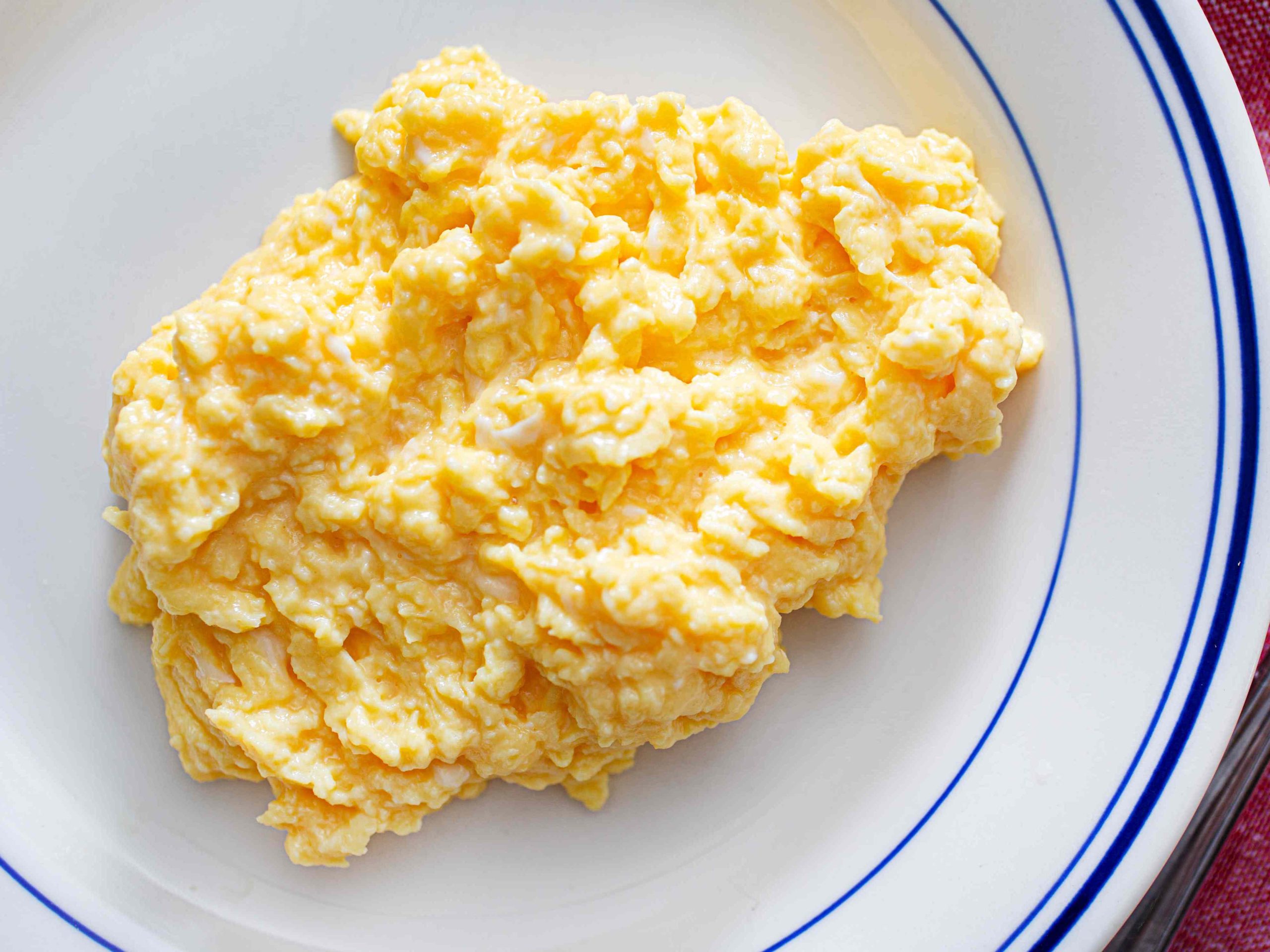The Secret to Perfect Scrambled Eggs
Scrambled eggs can be a simple dish, but achieving that ideal texture—creamy, pillowy, and full of flavor—can be a challenge. Whether you’re making them for breakfast or a quick snack, the right techniques can make all the difference. With a few key steps, you can recreate restaurant-quality scrambled eggs in your own kitchen.
Why Restaurant-Style Scrambled Eggs Are So Good
Many people have struggled with making scrambled eggs that match the quality they get at a good restaurant. Professional chefs often prepare these eggs quickly and efficiently, resulting in tender, custardy textures that are hard to replicate at home. Overcooked eggs can become tough and rubbery, which is the opposite of what most people desire. This issue isn’t unique—many home cooks have shared their frustrations online, expressing how difficult it is to achieve that perfect balance of creaminess and lightness.
6 Techniques for Perfect Scrambled Eggs
If you want to elevate your scrambled eggs, here are six essential techniques that can help you achieve restaurant-quality results:
-
Whisk Your Eggs Well
Whisking the eggs thoroughly is crucial for creating a smooth and even texture. It helps blend the yolks and whites, ensuring the eggs cook uniformly and avoid streaky or overcooked areas. Some chefs go the extra step by straining the mixture through a fine-mesh sieve to remove any lumps. -
Pre-Salt Your Eggs
Salting the eggs before cooking helps prevent the proteins from binding too tightly, which can lead to dry, tough eggs. By adding salt early, you can maintain moisture and tenderness throughout the cooking process. -
Enrich Your Eggs With Milk or Cream
Adding a splash of milk or heavy cream can enhance the texture of scrambled eggs, making them silkier and more flavorful. These ingredients dilute the egg proteins and slightly raise the coagulation temperature, reducing the risk of overcooking. While both milk and cream improve the texture, the cooking method still plays a significant role in the final result. -
Use Generous Amounts of Butter
Butter not only adds richness but also enhances the flavor and creaminess of the eggs. Using butter to cook the eggs and then adding a pat on top before serving ensures a luxurious finish. -
Gently Stir and Go Low and Slow
Cooking scrambled eggs on low heat allows them to cook evenly without becoming dry. Using a flexible spatula to gently stir and break up the curds helps achieve a lighter, fluffier texture. Constant stirring prevents the eggs from forming large, tough clumps. -
Remove From Heat While Slightly Undercooked
Egg proteins set quickly, so it’s important to remove the eggs from the heat just before they appear fully cooked. The residual heat from the pan will continue to cook the eggs, resulting in a softer, more delicate texture.
Final Tips for Success
With these techniques and a bit of practice, you can transform your scrambled eggs into something truly special. Remember, the key is to be patient and pay attention to the details. Whether you’re cooking for yourself or guests, the effort will be well worth it. So grab your whisk, heat up the pan, and enjoy the delicious results of your hard work.







